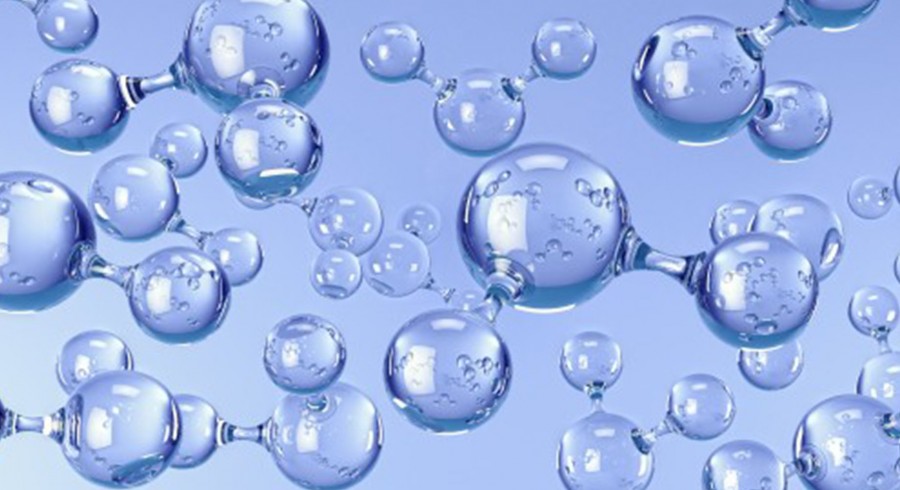New Form of Hydrogen Created

January 25, 2016
There has been a new form of hydrogen created called V hydrogen. Hydrogen is everywhere, it accounts for about 75 percent of matter.
This new hydrogen is not considered a gas neither is it considered a liquid and it was created by putting Earth’s lightest element with extremely high pressures.
The hydrogen makes up the interior of giant planets in the solar system, and the sun, giving physicists an idea of the inner atmosphere of the gas giant Jupiter where pressures are thought to reach up to millions of Earth atmospheres.
Liquid Hydrogen is created a special way in which industries use blazing temperatures then combining it with the tens of atmospheres.
The way they tested the new hydrogen involved firing a laser at it and observing how the light’s wavelength changed.
A doctoral student named Dalladay Simpson and his colleagues Ross Howie and Eugene Gregoryanz at the University of Scotland, tested an experiment in which they put a small amount of hydrogen between two diamond anvils and they made the pressure to be 55 million pounds per square inch. On Jupiter the weight hits 29 million pounds per square inch about 10,000 miles below the cloud tops. Models suggest that is where hydrogen may take the form of a liquid metal.
Dalladay Simpson had said my colleagues and I would have to use two excellent cut diamonds but the tips would have to be polished so fine like the width of the human hair.
In the year 2011, a team of scientists in Germany said they created metallic hydrogen, but that was never fully confirmed by anyone.
There isn’t enough pressure on planet Earth to see metallic hydrogen; however, in planets like Jupiter, there may be some, since Jupiter has a lot of pressure.
The crushing pressure in the gas giant planet Jupiter would fuse into a star if it was much bigger and we don’t know much about how hydrogen’s since the further you go down in Jupiter’s core the hotter it gets but we don’t know about how hydrogen’s physical state changes under the heat and cold.
Theorists have predicted that under crazy pressures but at a normal temperature such as room temperature, hydrogen should form a solid. The covalent bonds holding hydrogen molecules would have to break apart and then the atoms would roam freely turning the clear gas into a shiny dark solid.
A potential use for metallic hydrogen could possibly be a room-temperature superconductor. The pressure required for this might be beyond our grasp. Some scientists say it would require about 400 gPa or mega Pascal’s. That’s the equivalent of about four million atmospheres of pressure. Judging by these numbers it would seem to be impossible to create a room-temperature superconductor, but advancements in technology may happen to solve these issues.
Technology and science is getting better every day. More and more scientists are coming up with new theories solving problems and it makes science much more interesting to study. Who knows what the future will hold for the world when it comes down to atoms and elements.